One of the peculiar things about my tea shopping habits over the past few years is that I have been buying cheaper and cheaper teas. I am quite literally paying less money overall for the tea I am buying, and on a per gram basis, I am definitely paying far less than I used to a few years ago.
I think tea shopping, in general, falls into two categories. There are the teas that are for general consumption — stuff you drink regularly because they’re good, and then there’s the special stuff, teas that you bring out when you have tea friends coming over, or when you feel like you want a special treat. What these things mean, however, depend on the person. I find that the gap between my “daily” tea and my “treat” tea is quite slim, and I find very little difference between them. I have a few things that are old and aged and expensive, but I find very few reasons to drink them. I don’t even have much of an urge, for example, to dig into my cake of Traditional Character. It just doesn’t excite me enough to do so.
There is, actually, a lot of tea out there — far more than anyone of us can consume in many lifetimes. Whenever a vendor tells you something is “rare” or “exceptional” or what not, chances are whoever is reselling the tea (usually on the internet) bought it from someone who has a virtually unlimited supply of the tea. I just had a great tieguanyin the other day that I thought was complex, deep, and well balanced, and it was quite cheap for the quality. I’d be more than happy to drink it every day. In fact, it has revived my interest in tieguanyin, because I can see that good ones still exist and they don’t all have to be nuclear green. Yet, there’s no story to this tea, no “I got this from farmer X who did Y to get this tea”. It’s a blended, roasted tieguanyin, made year after year by this teashop, sold to locals who got accustomed to the taste and will refill their jars when they run out. For a lot of people who live far from a tea producing country, this is definitely a luxury, but the internet should make it easier to acquire such things. Unfortunately, that is not the case. Cheaper teas online tend to be very bad, and the expensive things are often not a lot better. Things priced as “treat” are often just slightly higher grade “daily tea”, especially when it’s attached to some story, which is pretty unacceptable. I’m pretty sure that the loose puerh that some of these stores sell can beat any loose puerh sold online these days, but alas, nobody can find them.

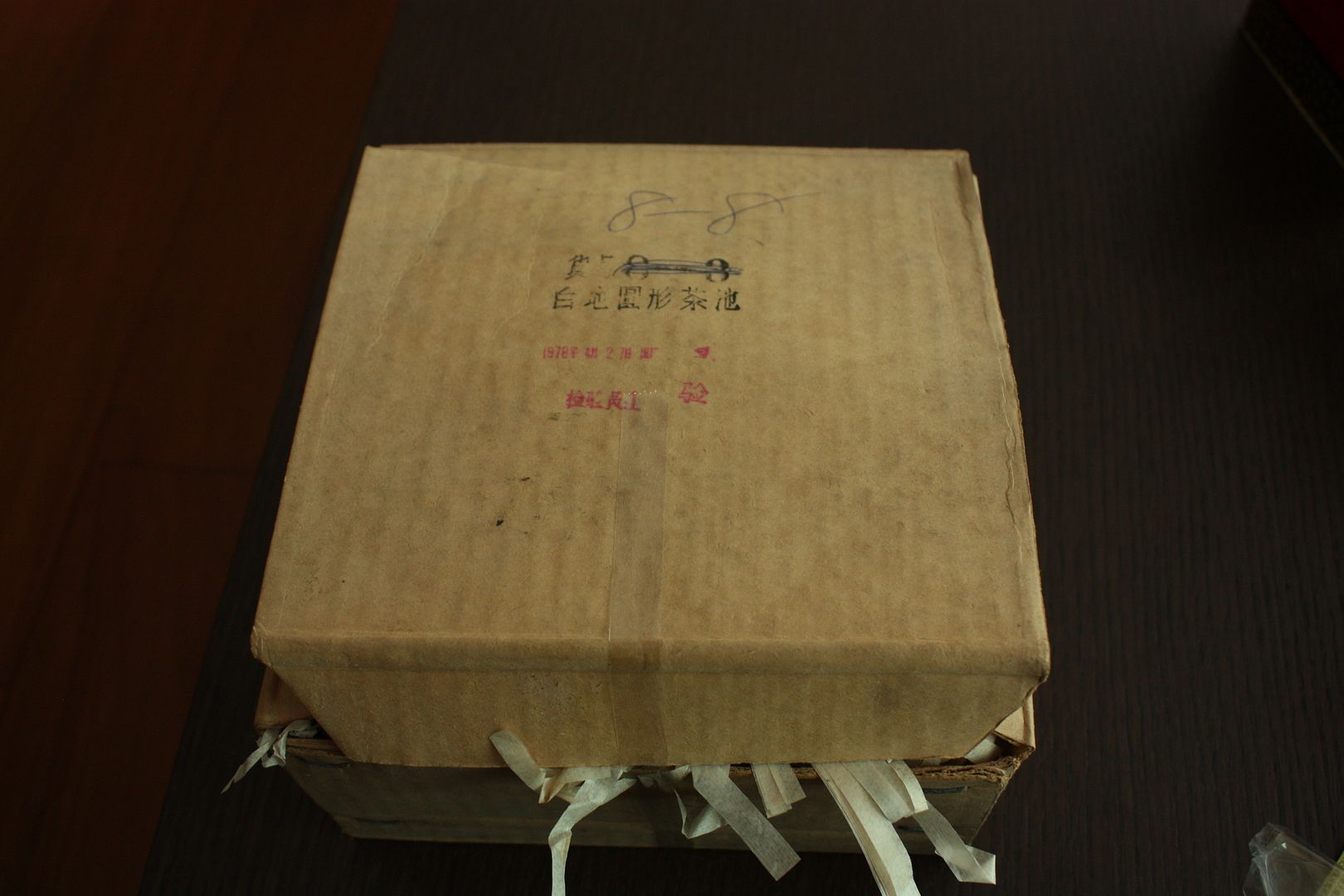
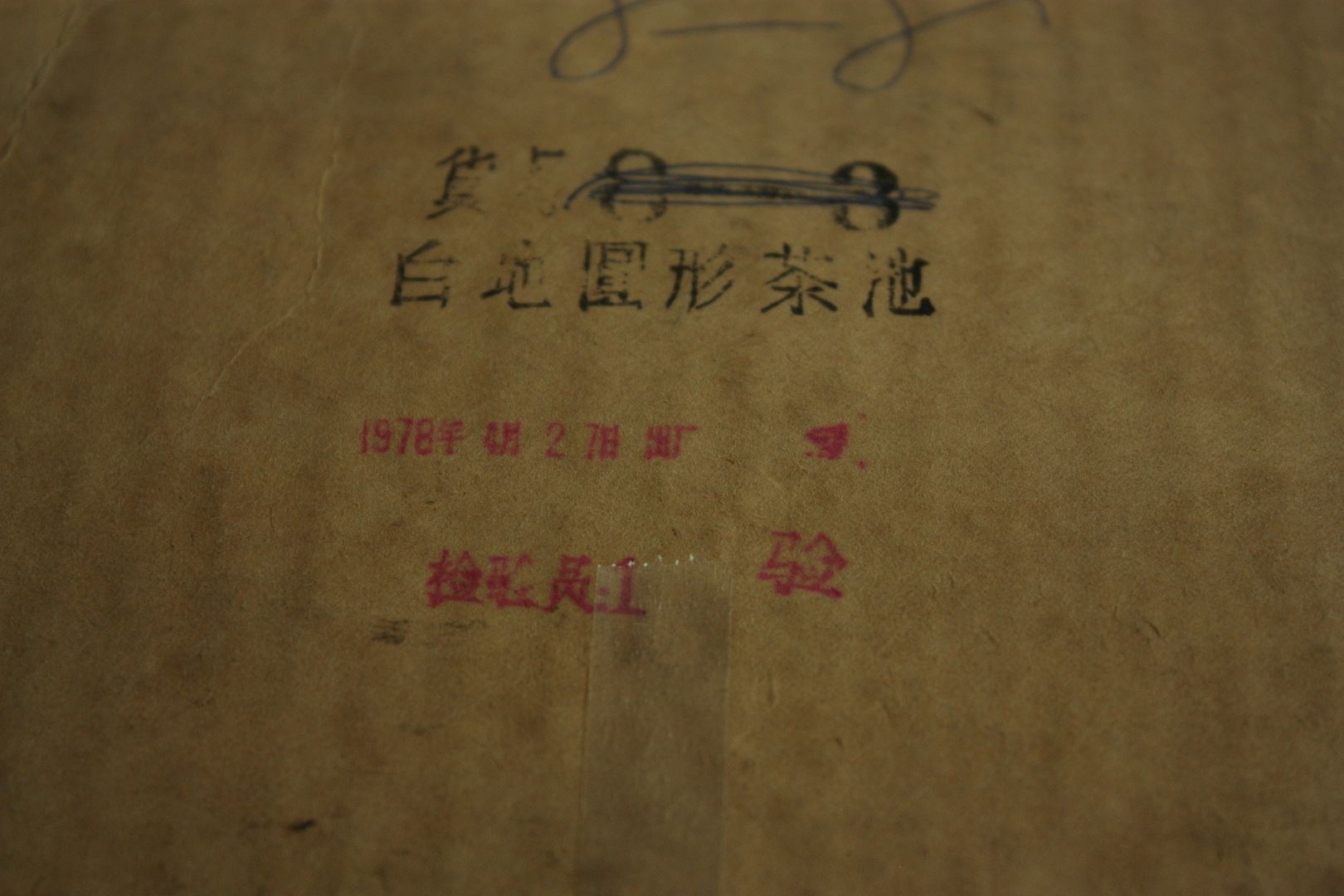
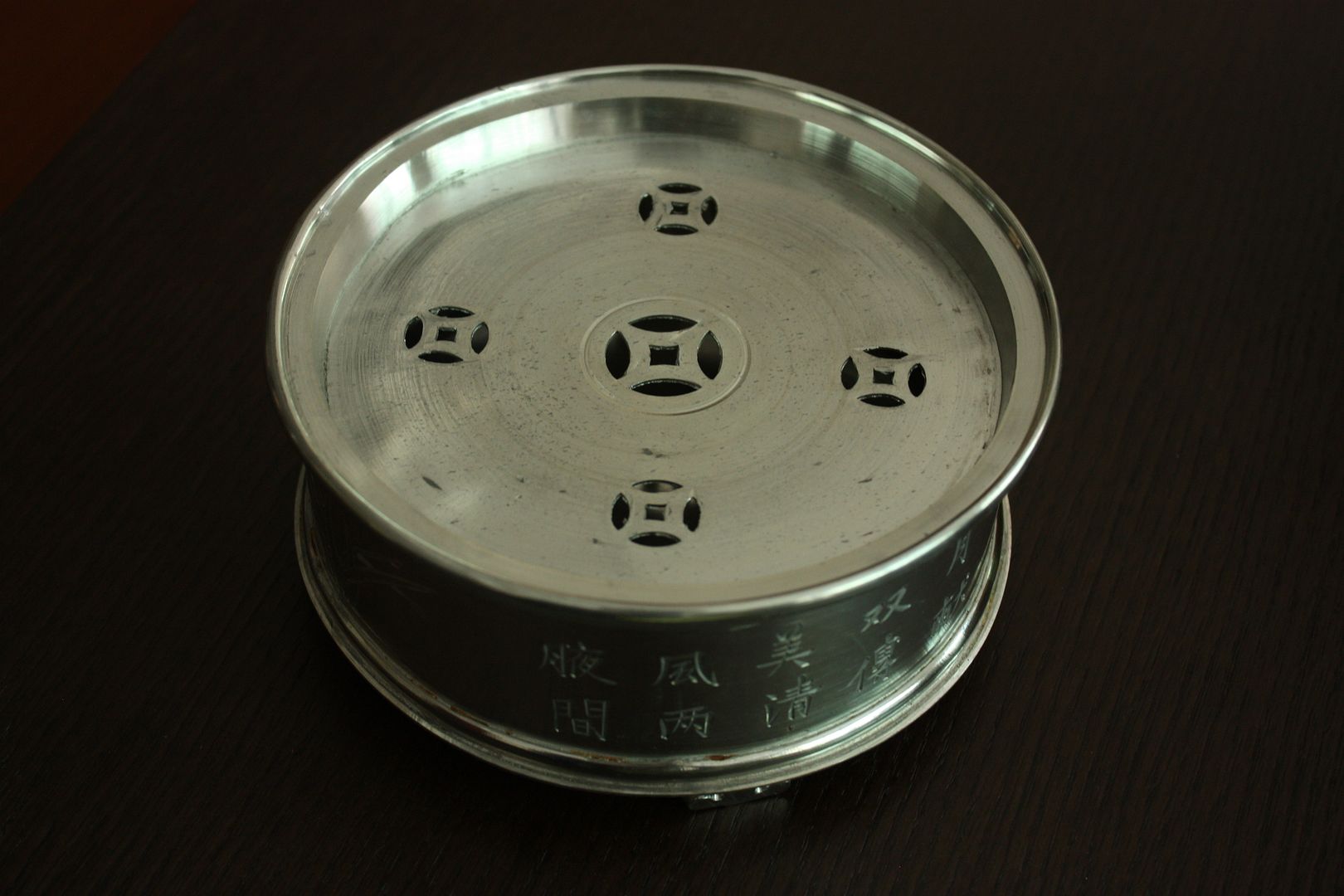
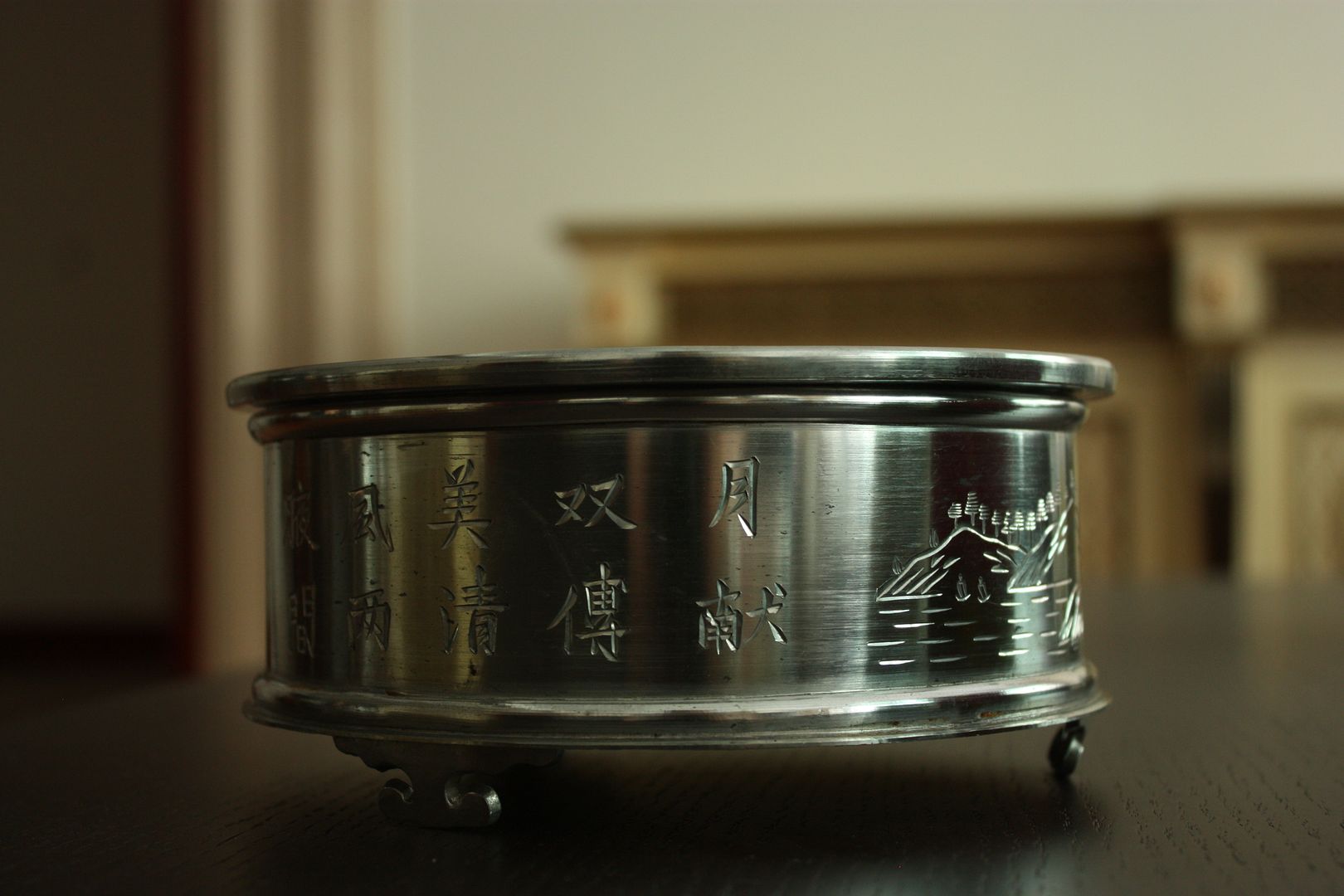
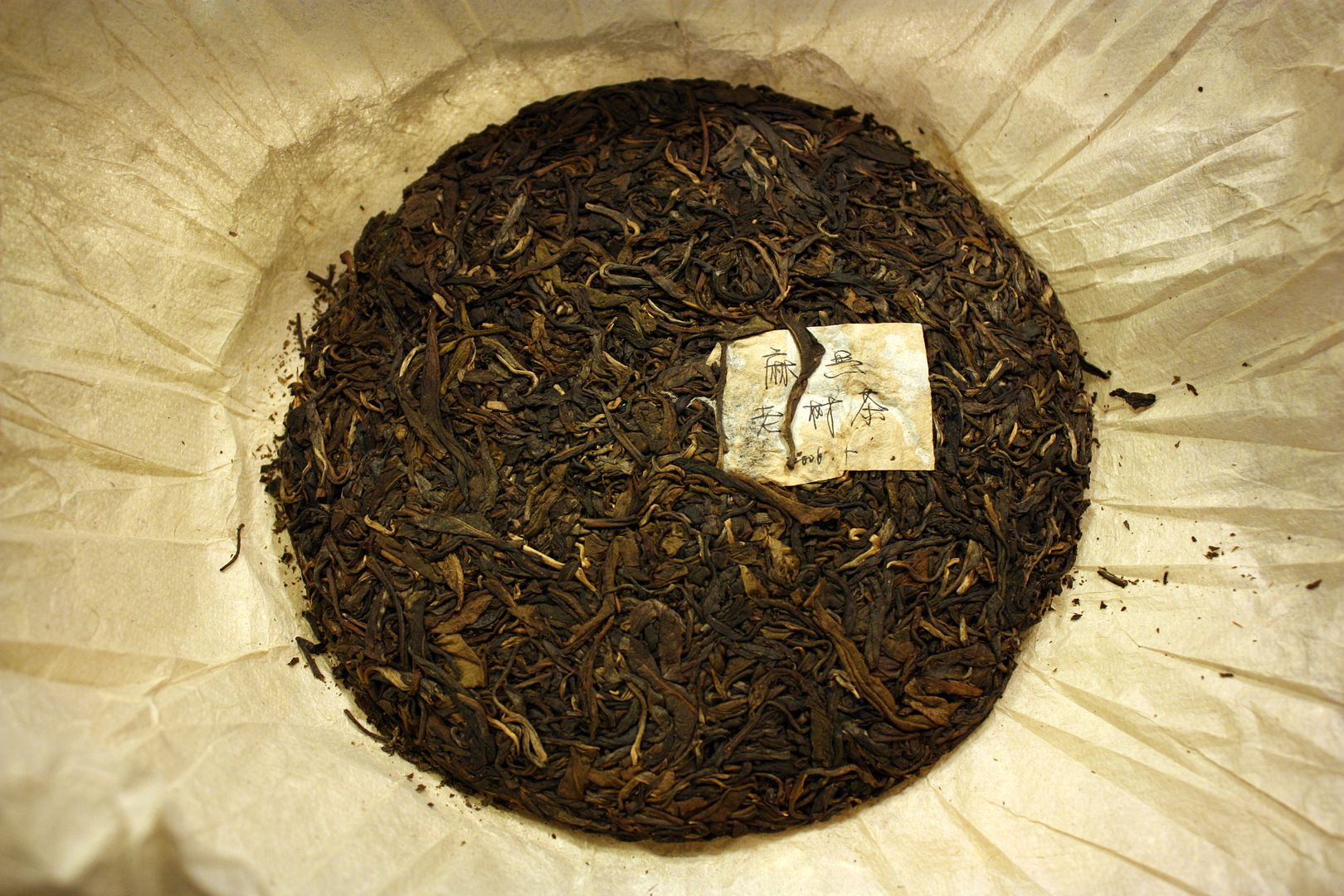
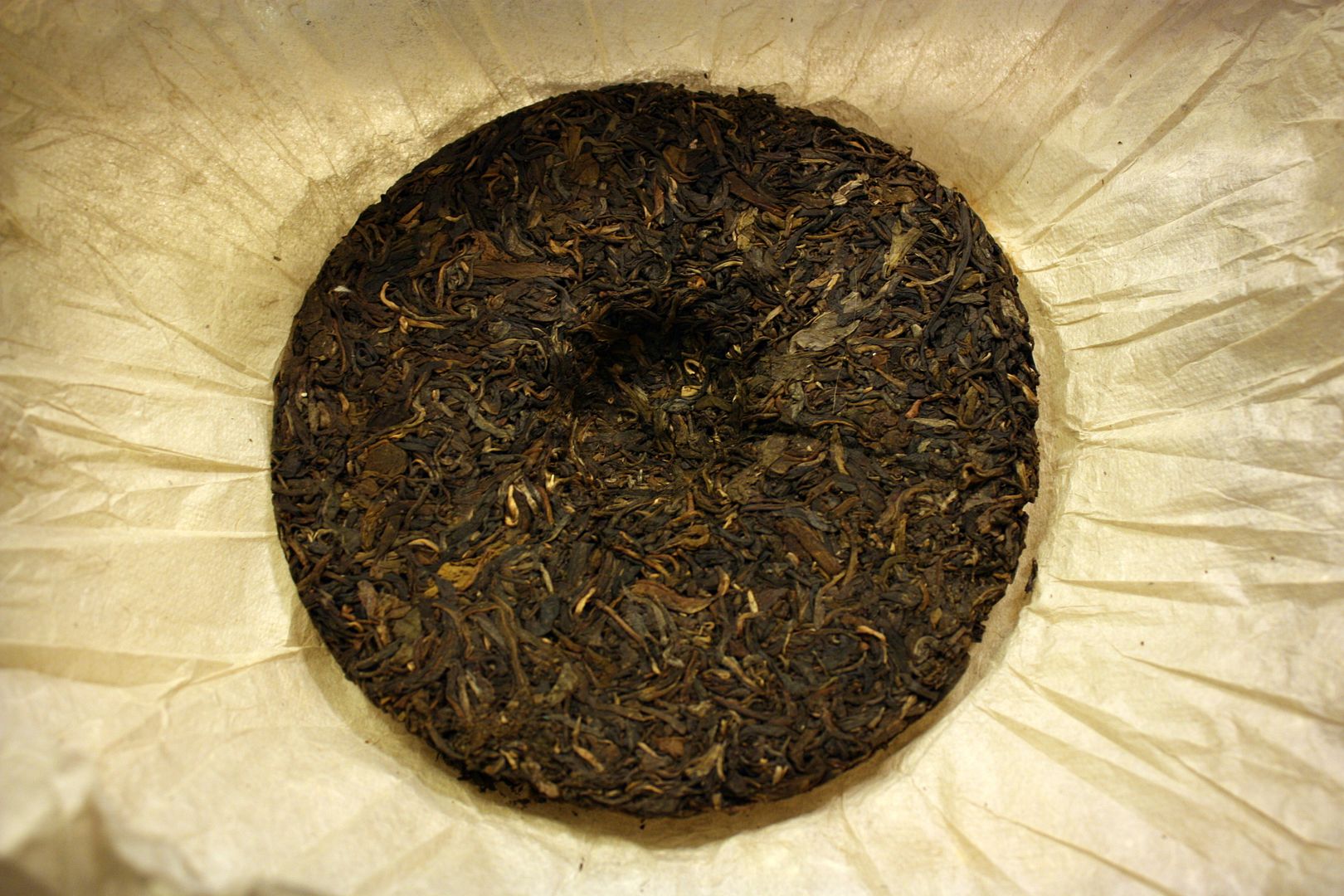
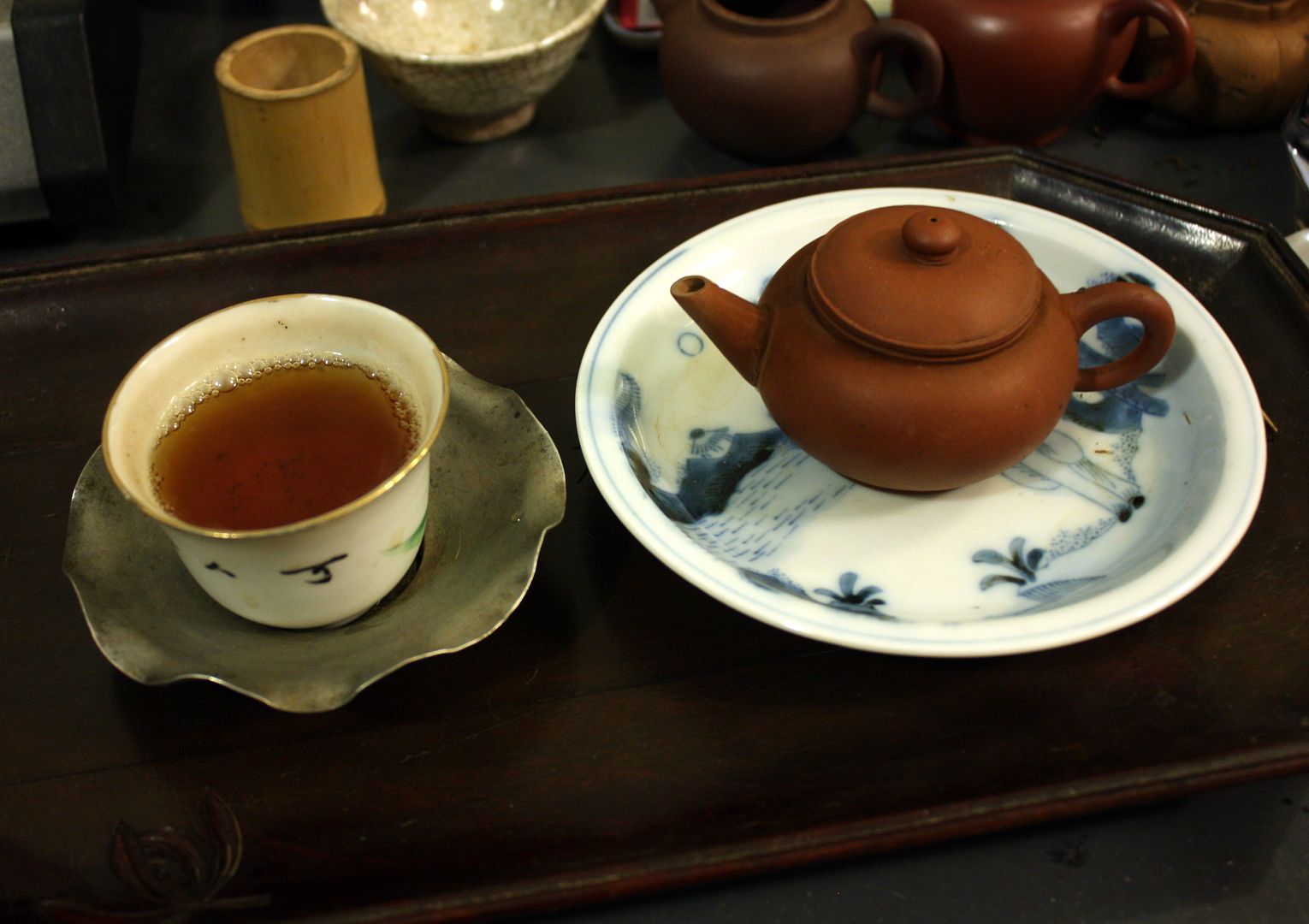

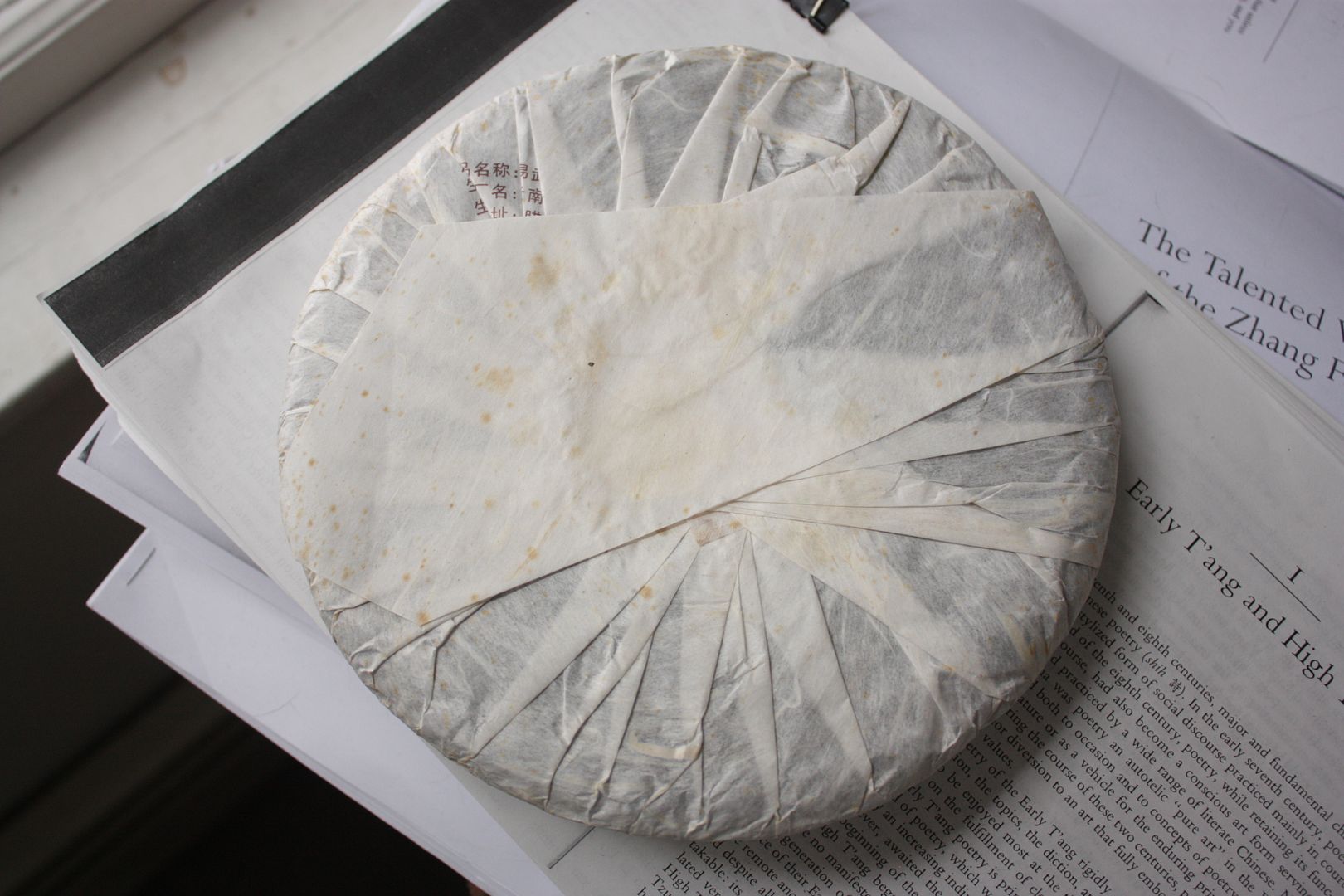
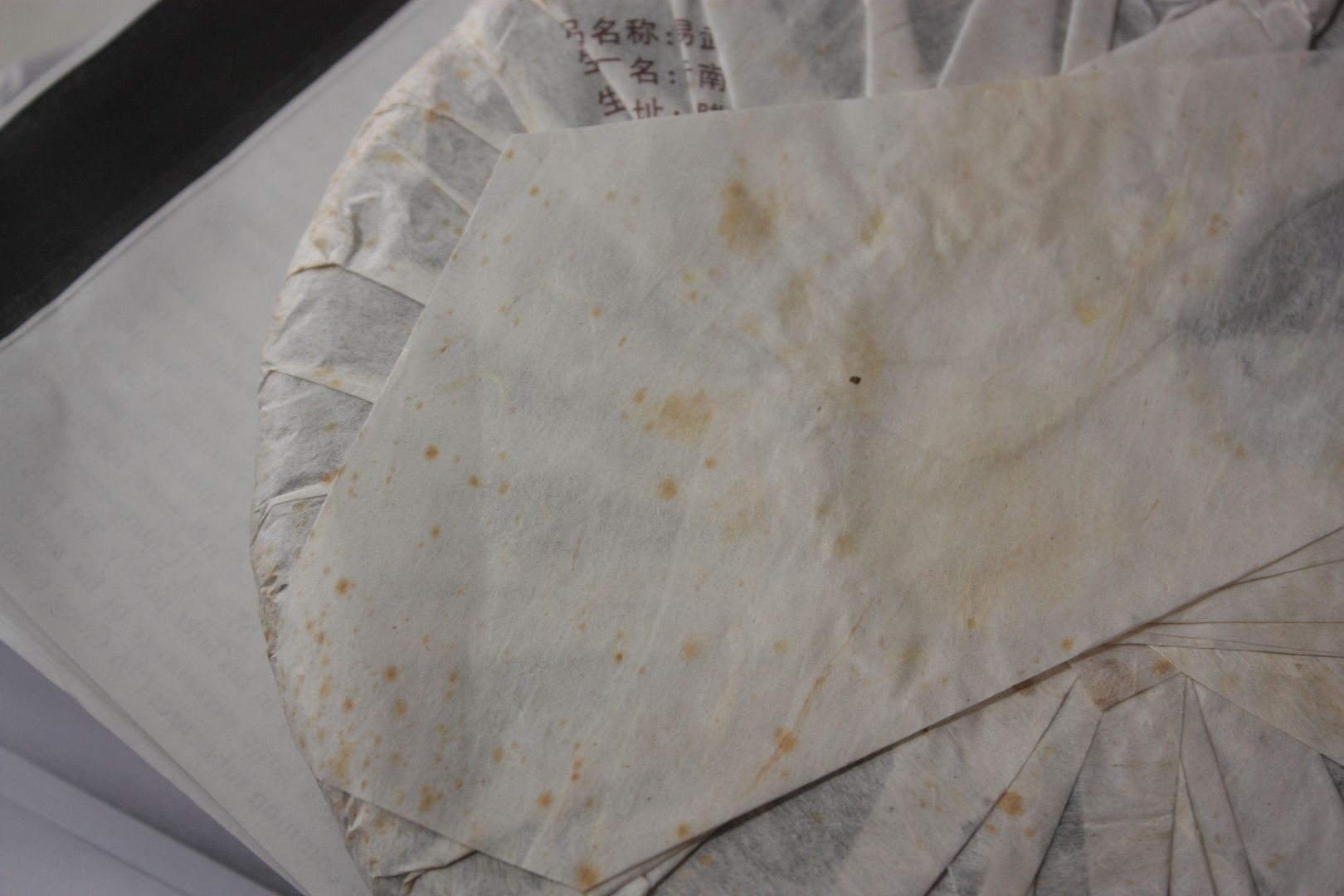
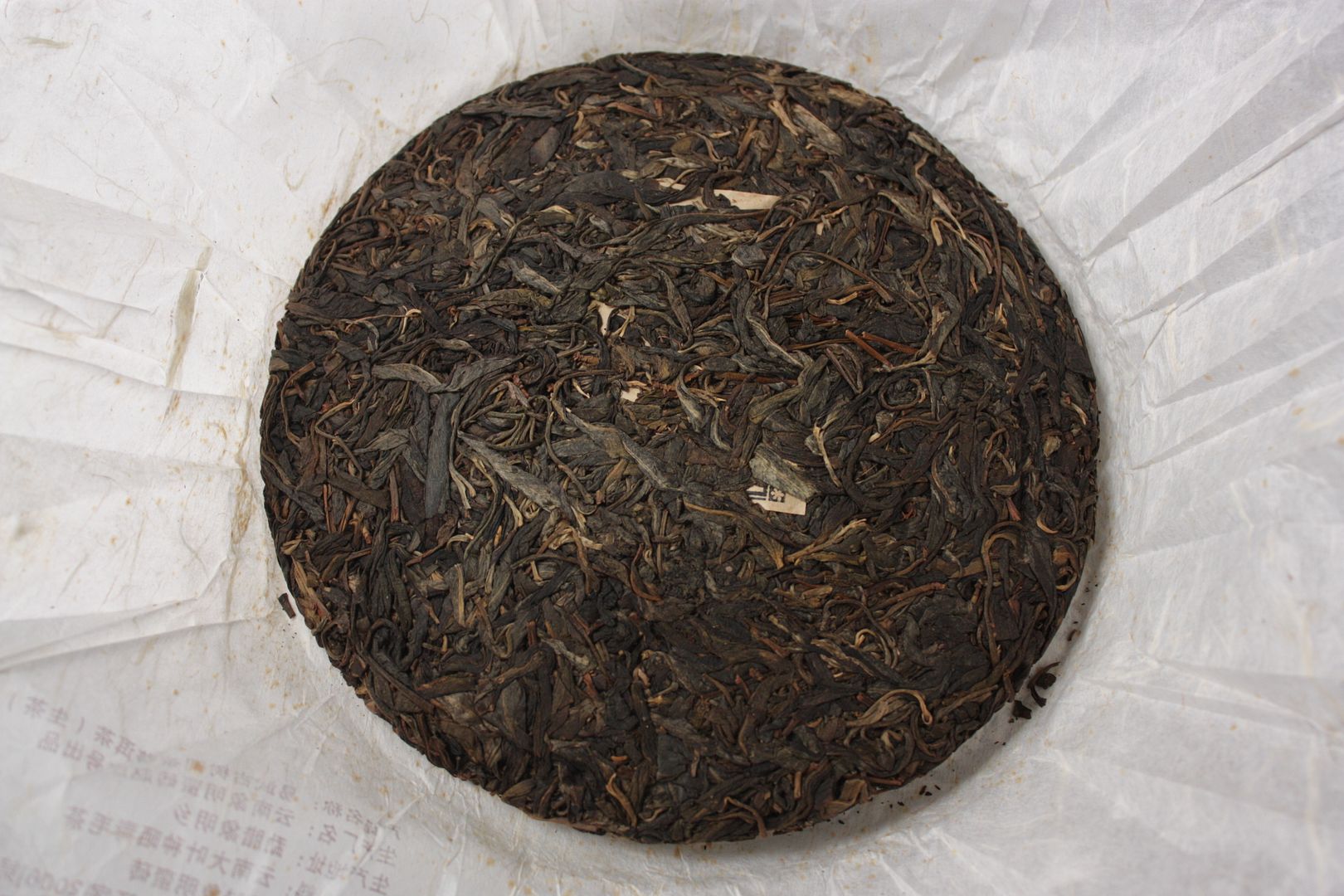
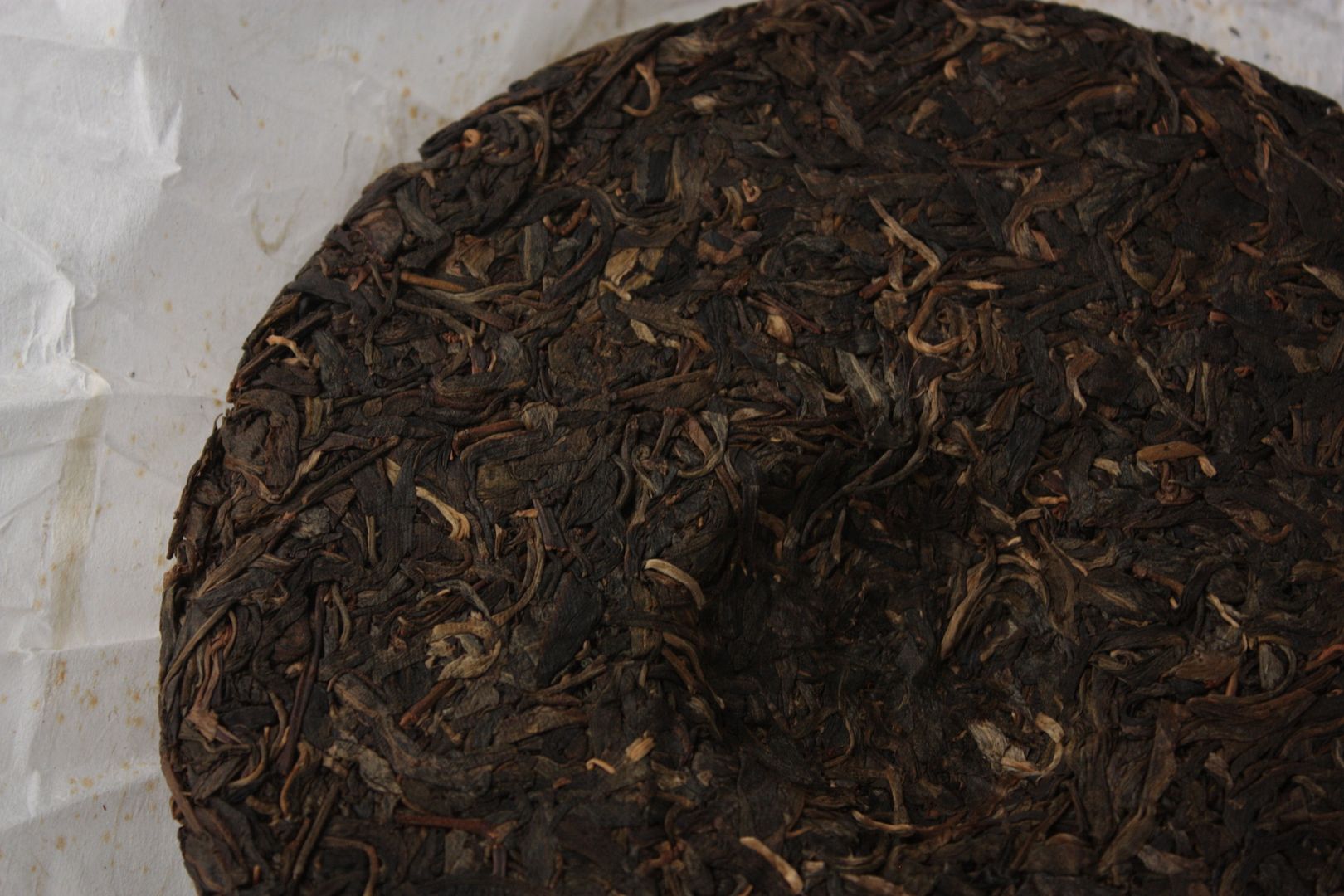

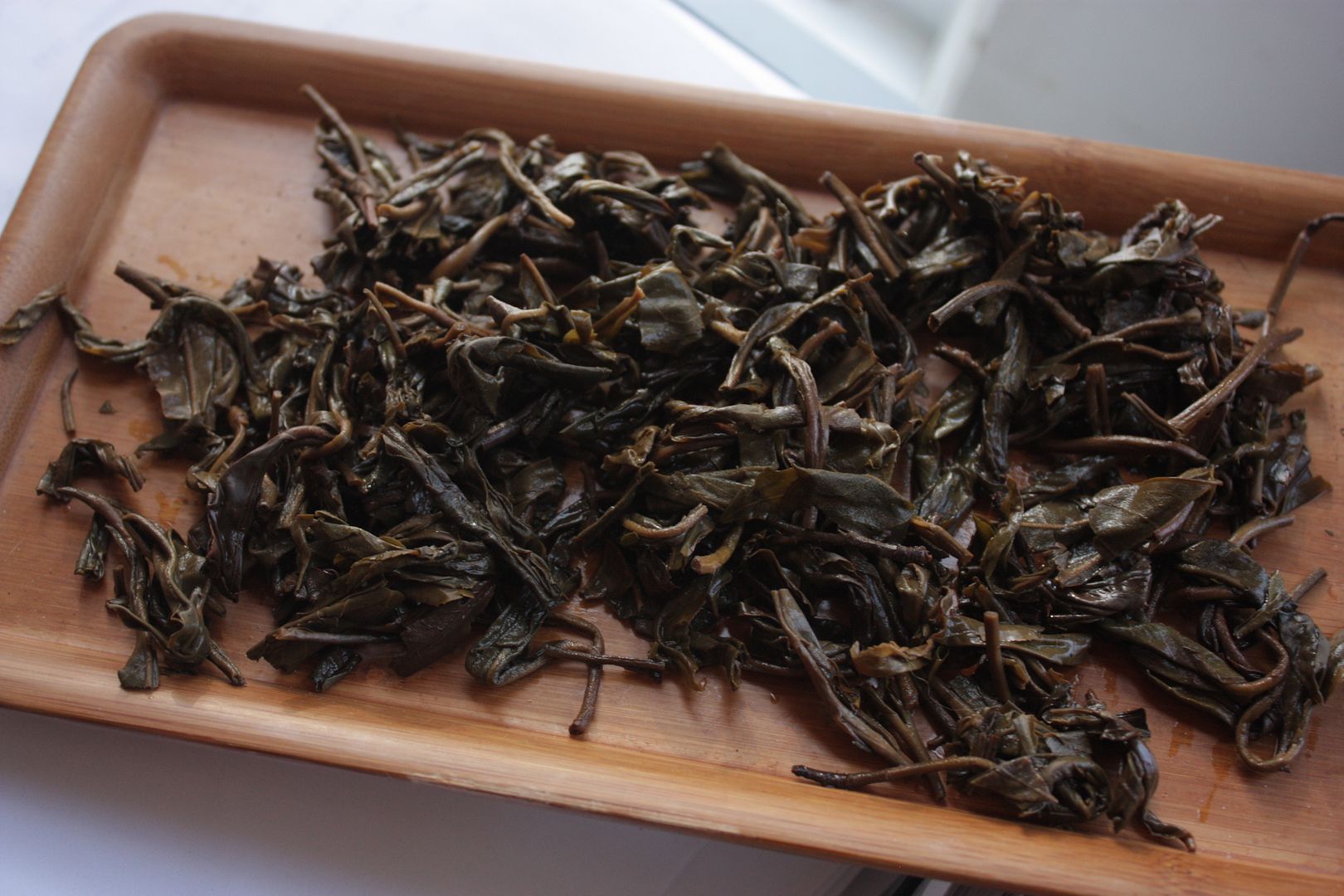
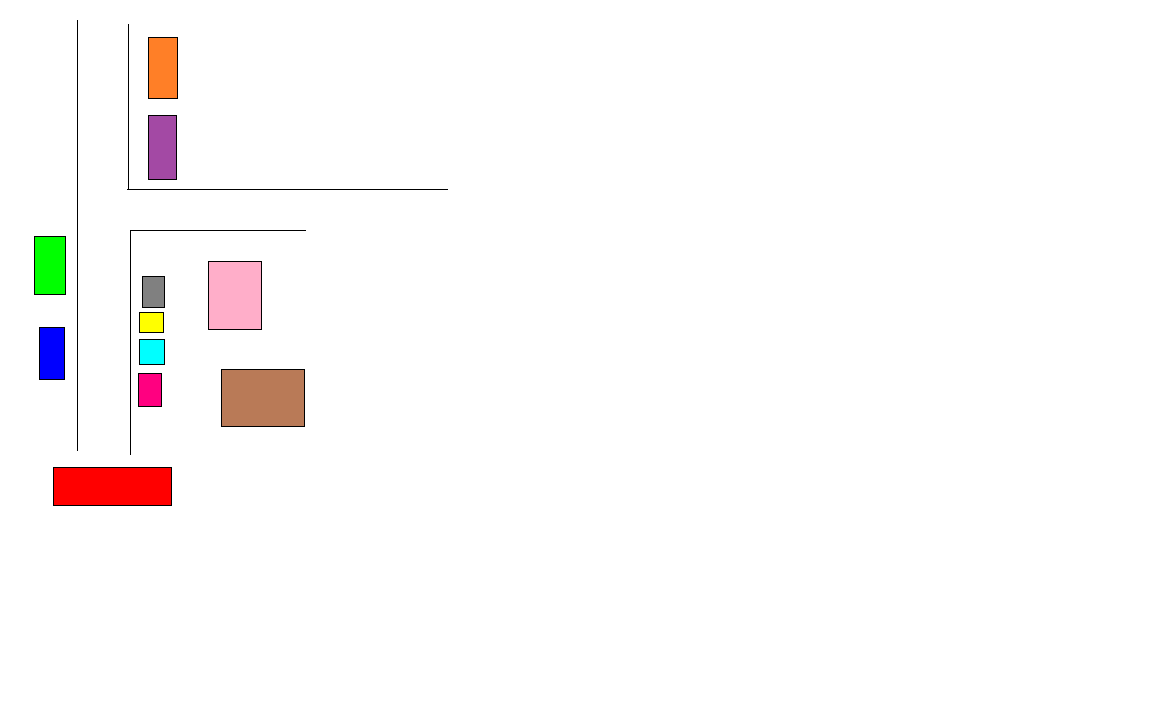
Interesting.... would 250C in my oven work?